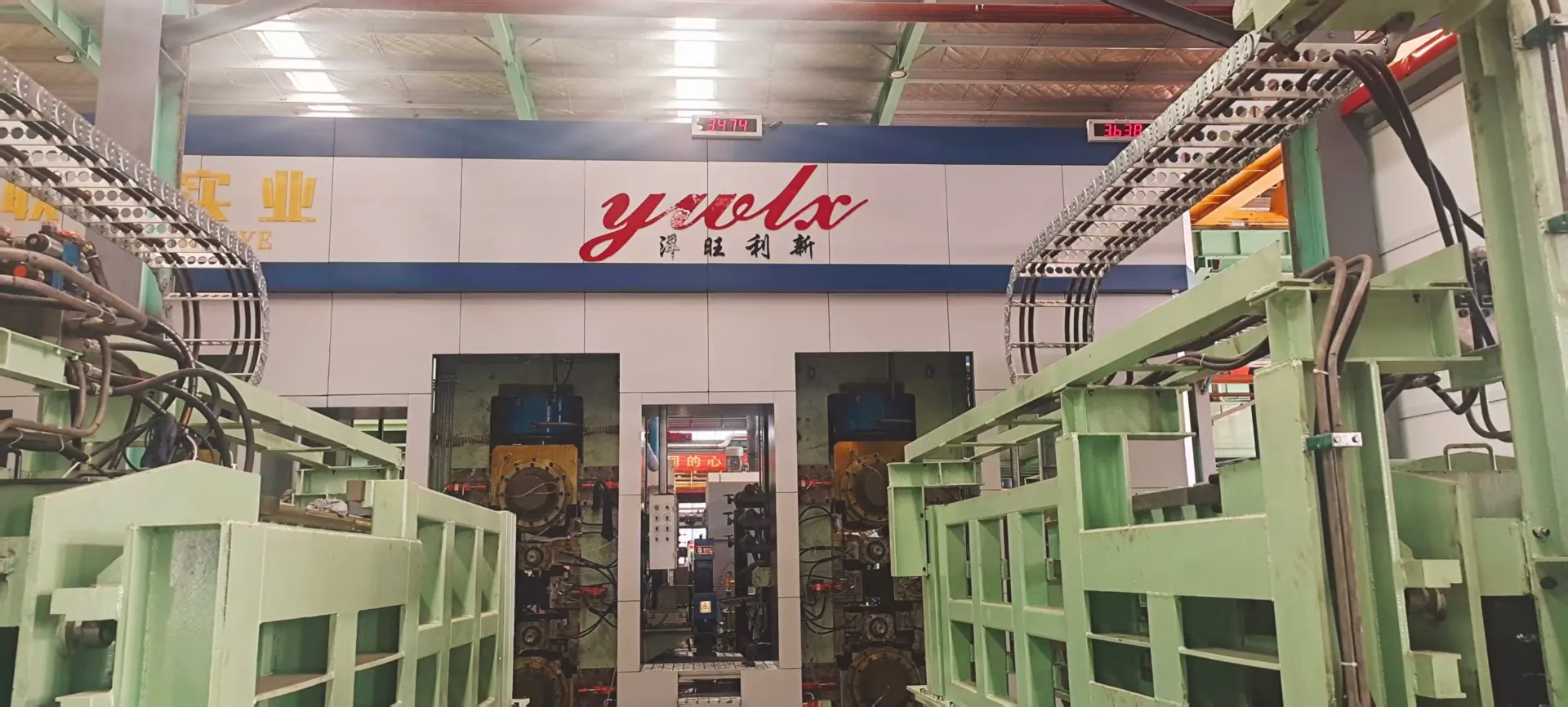
Future Trends in Hot Rolling Mill Technology
The hot rolling mill continues to evolve as steel producers seek competitive advantages through technological innovation. Emerging developments in hot rolling machine design and operation promise to further enhance productivity, quality capability, and environmental performance. These advancements will reinforce the hot steel rolling mill's central position in the steel industry value chain for decades to come.

Digitalization represents perhaps the most transformative trend affecting hot strip rolling mill operations. Advanced data analytics platforms process vast amounts of sensor data to optimize rolling schedules in real-time, predicting and preventing quality deviations before they occur. Artificial intelligence systems learn from historical production data to suggest parameter adjustments that improve yield or reduce energy consumption. Digital twin technology creates virtual replicas of hot rolling mill equipment that allow operators to simulate and optimize process changes without interrupting production.
Another significant development involves the integration of inline inspection and adaptive control systems. Next-generation hot rolling mills incorporate high-resolution surface scanning devices that detect minute imperfections during processing. These systems automatically adjust rolling parameters to minimize defect propagation or mark affected sections for later removal. Combined with advanced automation, this capability enables the hot steel rolling mill to produce increasingly demanding products with tighter quality requirements.
Equipment design innovations continue to push the boundaries of hot rolling mill capability. New roll materials with improved wear resistance extend campaign life between roll changes, improving productivity. Compact mill designs reduce the physical footprint while maintaining production capacity, lowering capital costs for new installations. Hybrid drive systems combining electric and hydraulic technologies provide more precise control with lower energy consumption, making the hot strip rolling mill both more capable and more sustainable.
Hot Rolling Mill: The Indispensable Hub of Steel Production
The hot rolling mill remains an irreplaceable component in the iron and steel manufacturing chain, combining massive production capacity with precise quality control in a way no alternative process can match. From its role as the primary shaping technology to its function as the key determinant of product properties, the hot steel rolling mill stands as the critical transformation point where crude steel becomes versatile, high-value products.
As technological advancements continue to enhance the capabilities of hot rolling mill equipment, this essential industrial processor will maintain its central position in meeting the world's steel needs while adapting to evolving environmental and economic challenges. The future hot strip rolling mill will likely be smarter, more efficient, and more sustainable—but no less vital to the global steel industry than it has been for over a century of industrial development.
-
Indian Clients Visit YWLX to Inspect Skin-pass MillNewsJun.22,2025
-
Typical Products from Reversing Cold Rolling ProcessNewsMay.26,2025
-
Surface Finish Improvement through Skin Pass RollingNewsMay.26,2025
-
Integration of AGC Systems in Modern Cold Rolling MillsNewsMay.26,2025
-
Cold Rolling in the Context of High-Strength Steel DemandNewsMay.26,2025
-
AGC in Hot Rolling Mills: Challenges and SolutionsNewsMay.26,2025
-
Why Reversing Cold Rolling Mills Are Ideal for Specialty MetalsNewsMay.13,2025










